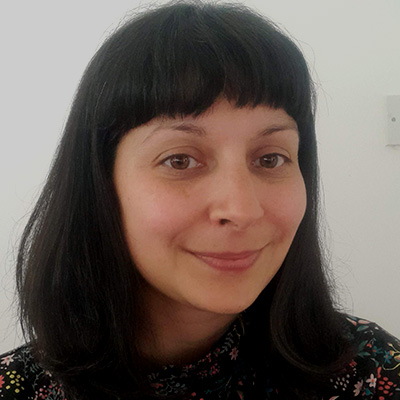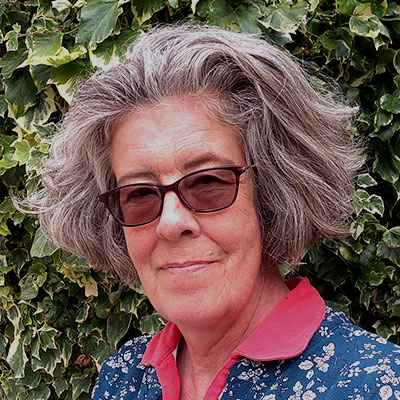Co-producing access awareness in the cultural heritage sector for people with learning disabilities.
The aim of our project was to raise awareness of the access needs of people with learning disabilities in heritage spaces, such as museums.
The project brought together a range of partners including Open Story Tellers, who are a creative arts group based in Frome for people with learning disabilities, volunteers from Frome Museum, and Bath Spa University staff.
Our work so far has investigated how everyone can engage with a museum, this has focused on displays, information, ‘hands-on’ activities, and sensory experiences.
Top tips
The following top tips have been developed to help with making local and small museums more accessible and inclusive:
- Give a warm welcome. Don’t be afraid to approach people. This can help visitors feel comfortable and can lead to conversations about how they can best be supported.
- Provide pre-visit information. People sometimes look for information about accessibility before they plan their trip (e.g. disabled parking and toilets). Make sure your accessibility information is up to date.
- Create interactive experiences. This doesn’t have to be messy or expensive. Examples might be a simple ‘can you spot’ trail, a themed arts and crafts corner, or letting visitors dress-up in period clothes.
- Become a multi-sensory museum. Cater for all senses, such as smell, touch, and sound. Consider introducing smelling cubes, tactile fabrics, and sound effects.
- Offer choice. Share information in different formats. For example, audio and video descriptions, and shorter and longer texts, if you possibly can.
- Provide items to handle. People can learn about objects from their weight and texture. We used a green hand symbol with a tick to signify it’s okay to touch.
- Create accessible signs and displays. People can make sense of exhibits when information is in a consistent font that is large and colour coded, alongside pictures of individual objects in context.
- Share history and build relationships with your community. Local people are experts in their history. Invite them to the museum to share their stories. Be prepared to capture this and listen.
Resources
Our illustrated Accessible and Inclusive Museum Practice Guide for Small and Local Museums is available in two formats:
Upcoming events
Improving Accessibility for Adults with Learning Disabilities in Museum Settings
- Friday 22 March (11am-12pm)
- This event will take place via Teams
Staff at BSU will explore how to promote belonging within the museum sector.
They will share their current work on improving accessibility of museum spaces with people with learning disabilities, and launch an accessibility toolkit, which was developed in collaboration with their partners, Frome Museum and Open Storytellers.
Book your ticket
.jpg)



